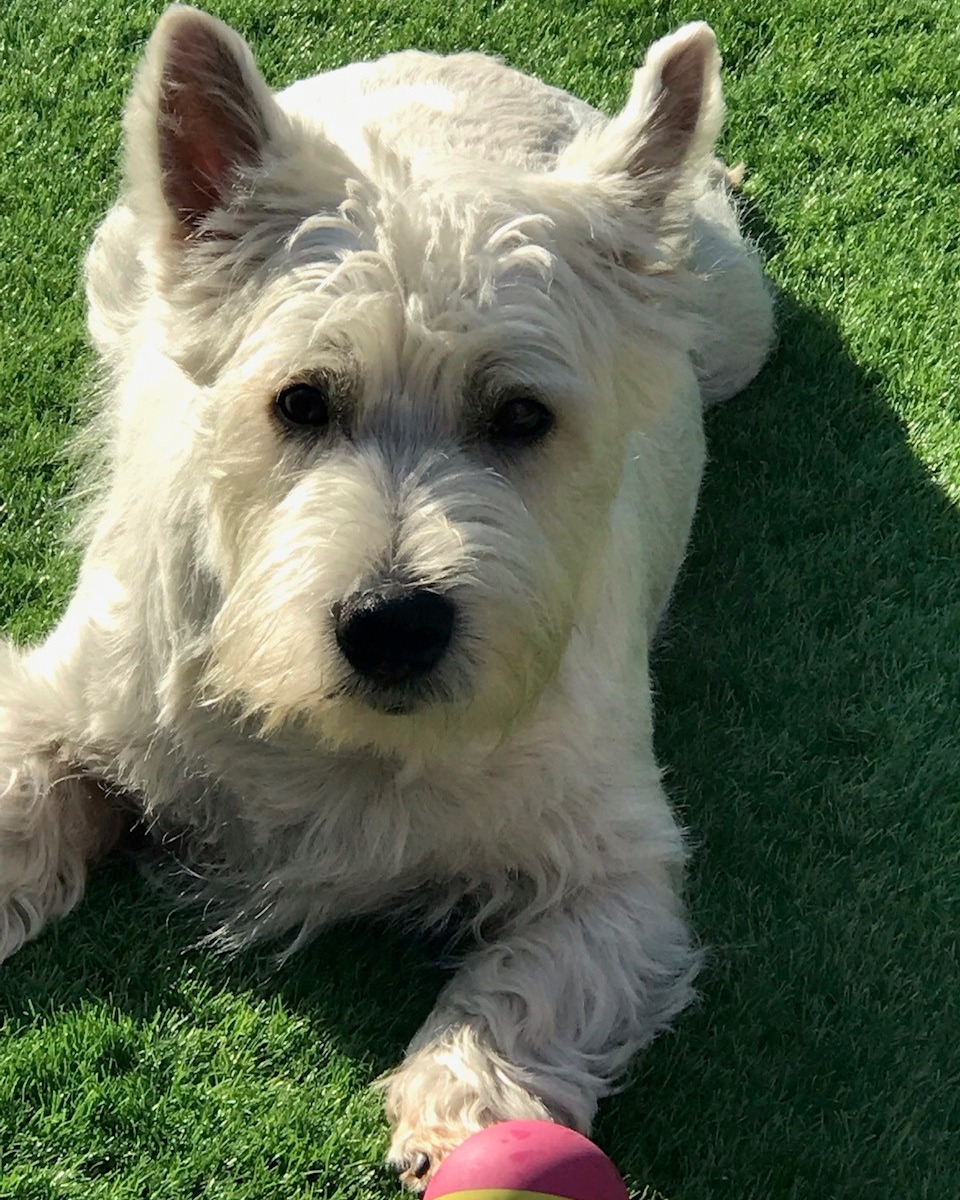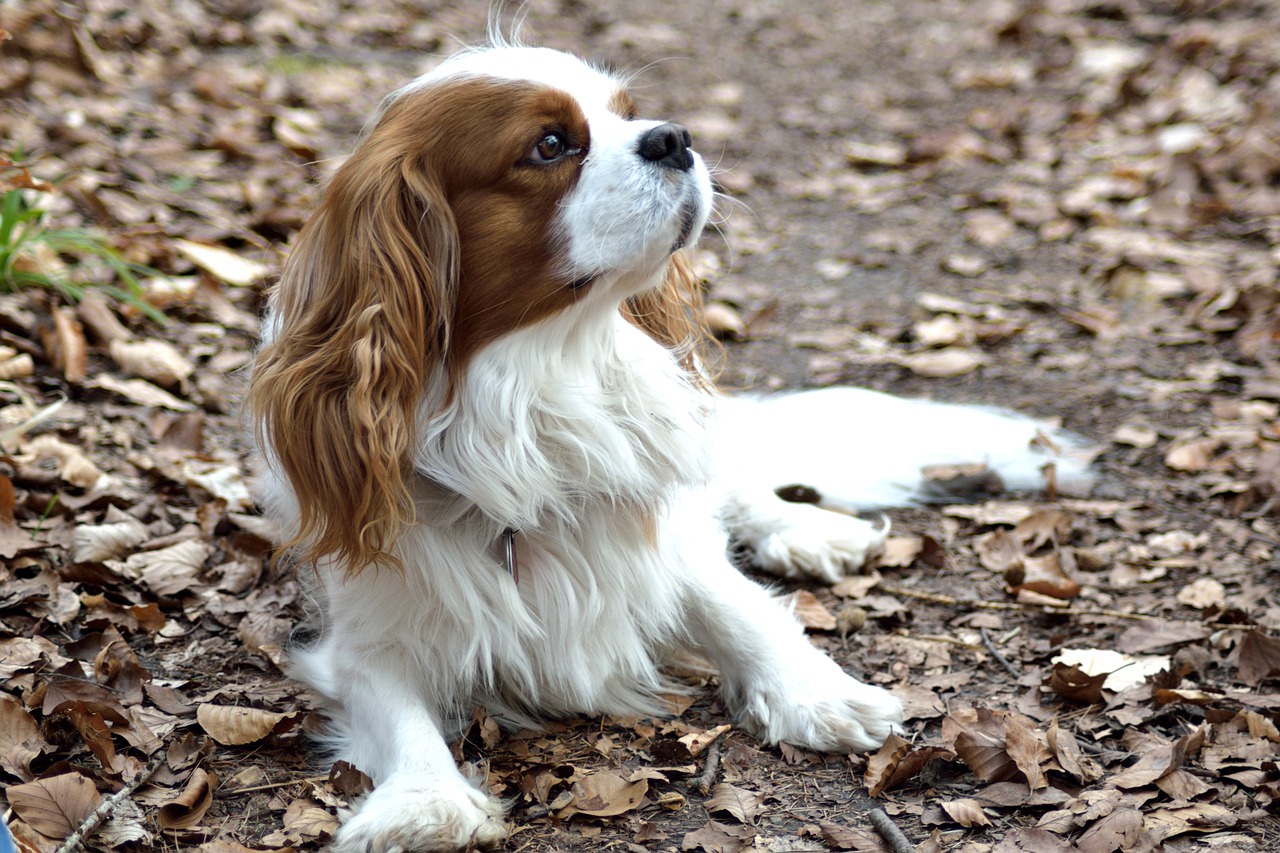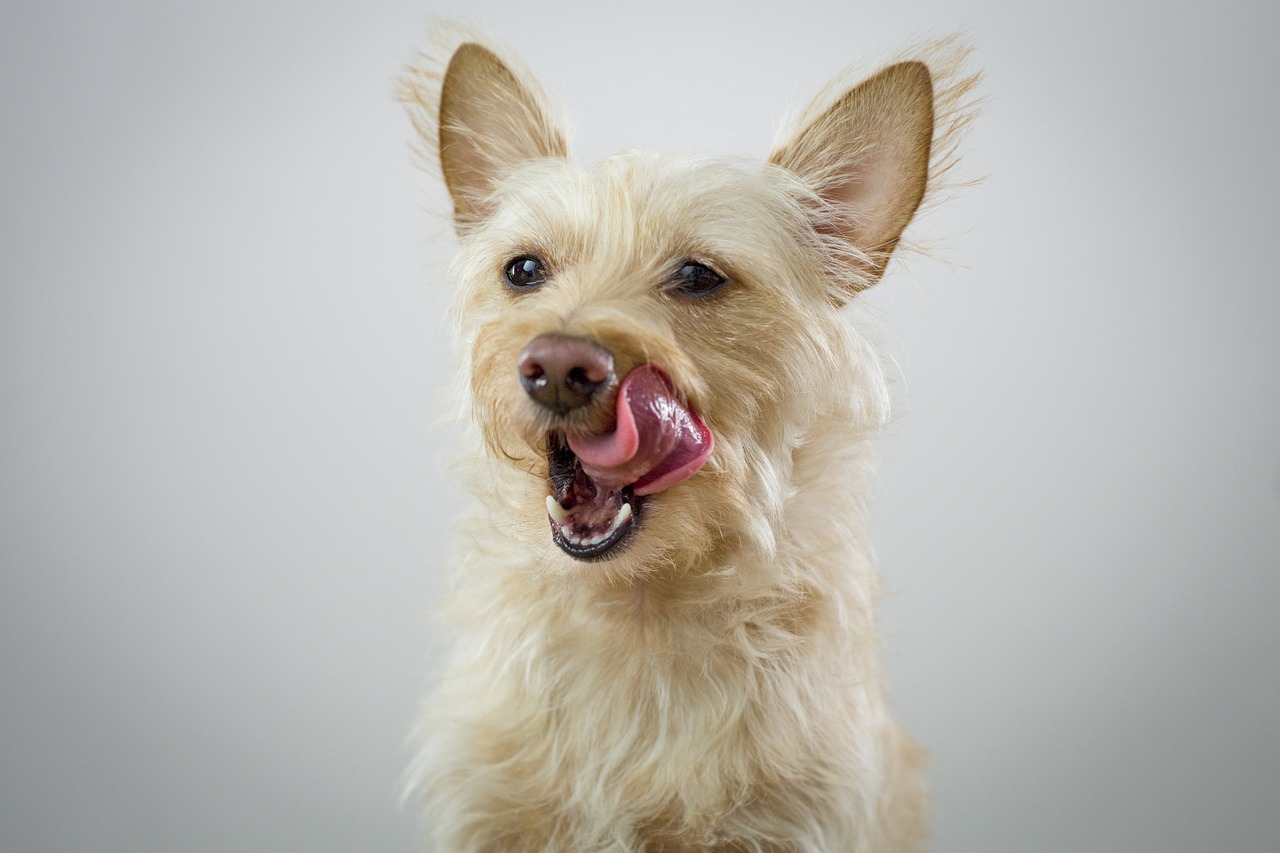Yeast Infections are often caused by an overgrowth of yeast which can affect various parts of your dogs body, primarily their skin, ears and paws. Identifying a yeast infection in dogs involves observing several signs and symptoms. Here’s a quick guide to help you identify if a yeast infection could be present:
Skin & Fur Symptoms
- Itching and scratching causing the skin to become pink, raised and inflamed
- Areas of redness or inflammation, especially in skin folds
- Greasy or oily skin
- Scaling or flaking of the skin, showing as dandruff
- Changes in skin colour; blackening or discolouration
- Thinning hair or bald patches
- A strong, musty, or sour odour
- Itching or rubbing of the ears, which can result in infection
- Swelling and redness in the ear canal
- Dark, thick, or waxy discharge
- Excessive licking or chewing
- Redness and swelling
- Grey, slimy residue between the toes
- Musty, bread like smell
- Increased irritability/anxiety or restlessness from persistent itching or discomfort
- Less active or focused
What are the possible causes of a yeast infection?
Allergies
Dogs with food, contact or environmental allergies, (e.g., pollen, mould) may develop skin inflammation, which creates an ideal environment for yeast to thrive.
Weak Immune System
Dogs with a compromised immune system, due to illness or medication may have a harder time controlling the natural yeast populations on their skin.
Excessive Moisture
Yeast thrives in warm, moist environments, so dogs that frequently swim or have damp skin folds (such as in certain breeds like Bulldogs or Shar Peis) are more prone to yeast infections.
Underlying Skin Conditions
Conditions like seborrhoea, where the skin becomes excessively oily or dry, can disrupt the normal balance of yeast.
Hormonal Imbalances
Issues such as hypothyroidism or Cushing's disease can affect the skin and immune health, increasing the risk of yeast infections.
Poor Hygiene or Grooming
Inadequate grooming, especially in long-haired or wrinkled breeds, can lead to trapped moisture and dirt, fostering yeast growth.
Ear Infections
Dogs with floppy ears or narrow ear canals (e.g., Cocker Spaniels, Basset Hounds) are more likely to develop yeast infections in the ears due to poor air circulation and trapped moisture.
Treatment
Following a professional diagnosis, there are various options available in addressing a yeast infection. Should your dog have a disease that is causing the infection, your vet will be able to advise on a suitable healthcare programme to support their condition.
If you are opting for a natural solution as a stand alone approach or wanting to have an integrative approach alongside medication, Proflax supplements provide a high level of support in addressing yeast problems.
Proflax have created a specific Yeast Bundle protocol which when coupled with a fresh, natural diet, free from carbohydrates, starch and sugars, can reduce the yeast load. We also suggest refraining from chemical flea or worming treatments throughout the protocol, using an alternative natural flea & tick repellent.
Depending on the level of infection and implementing the above changes, improvements can be seen within 4-6 weeks.




Comments